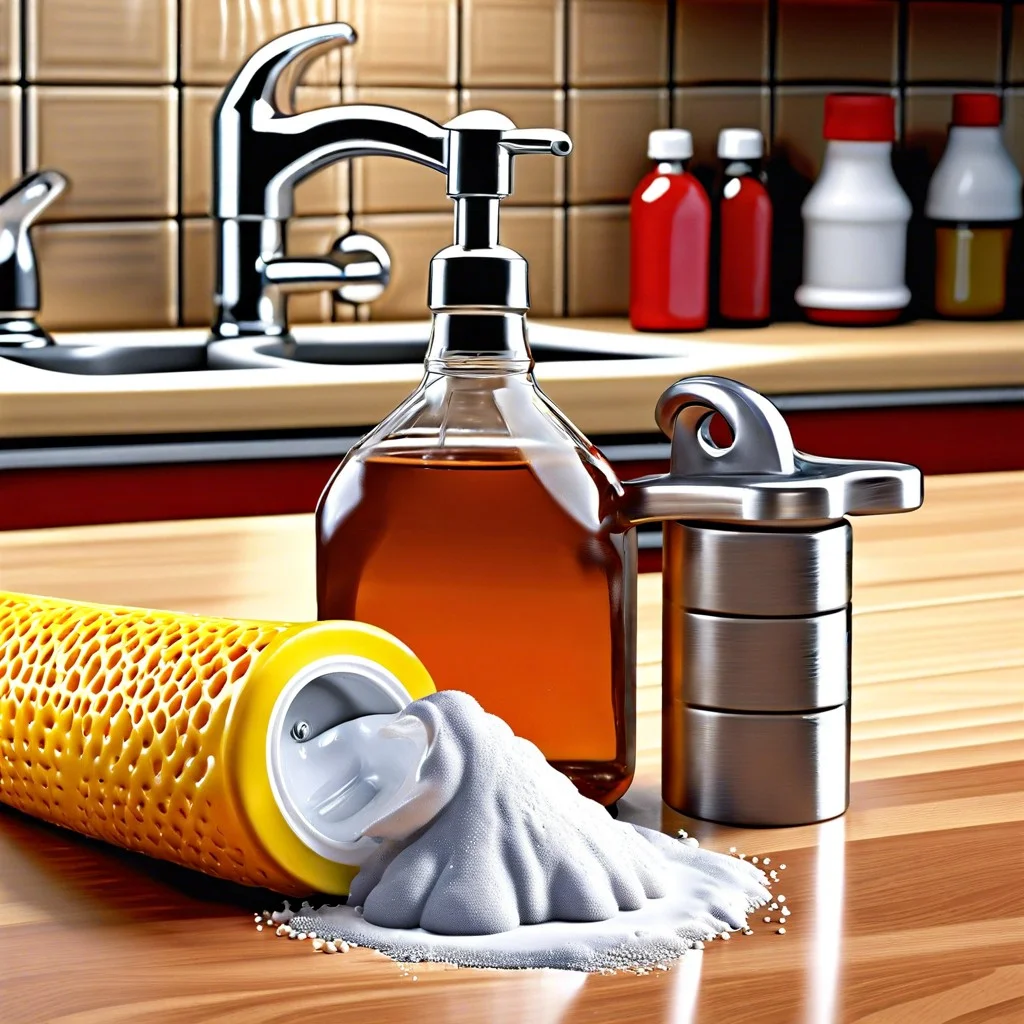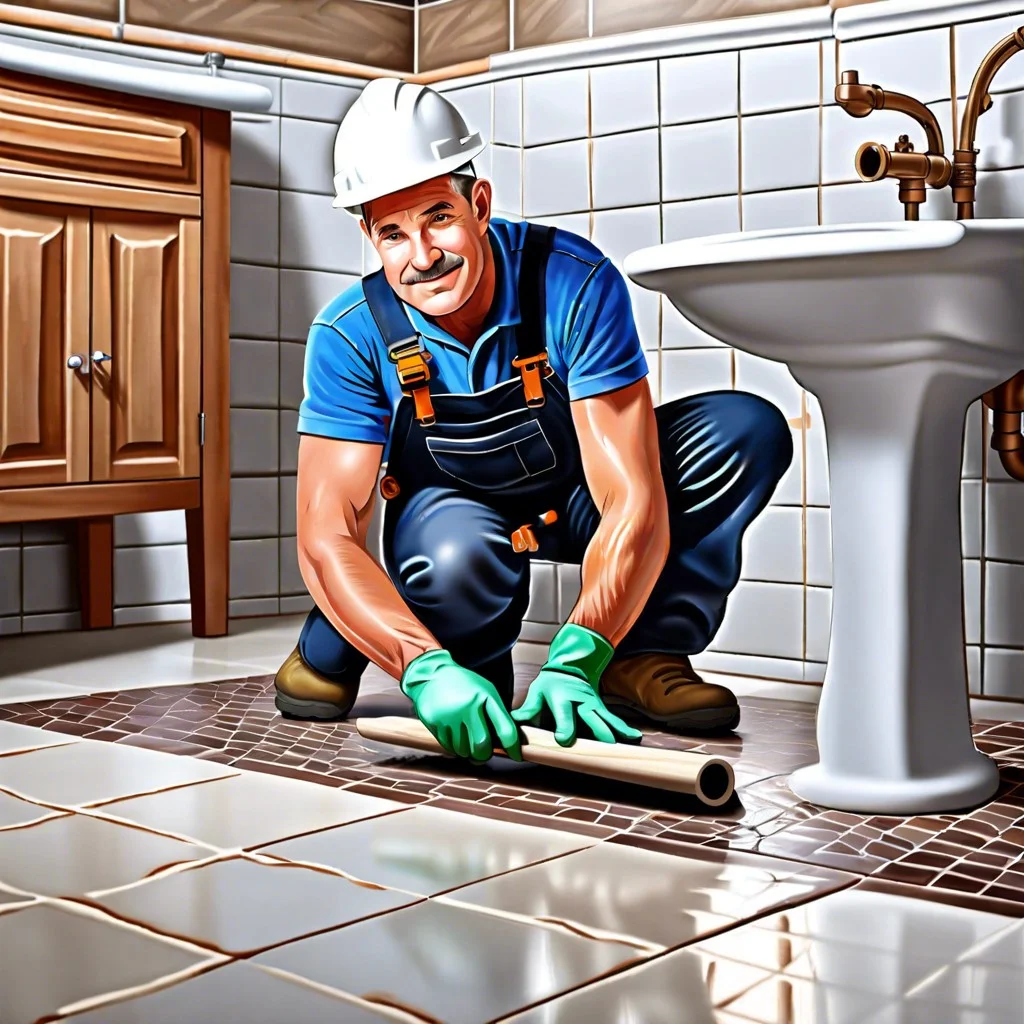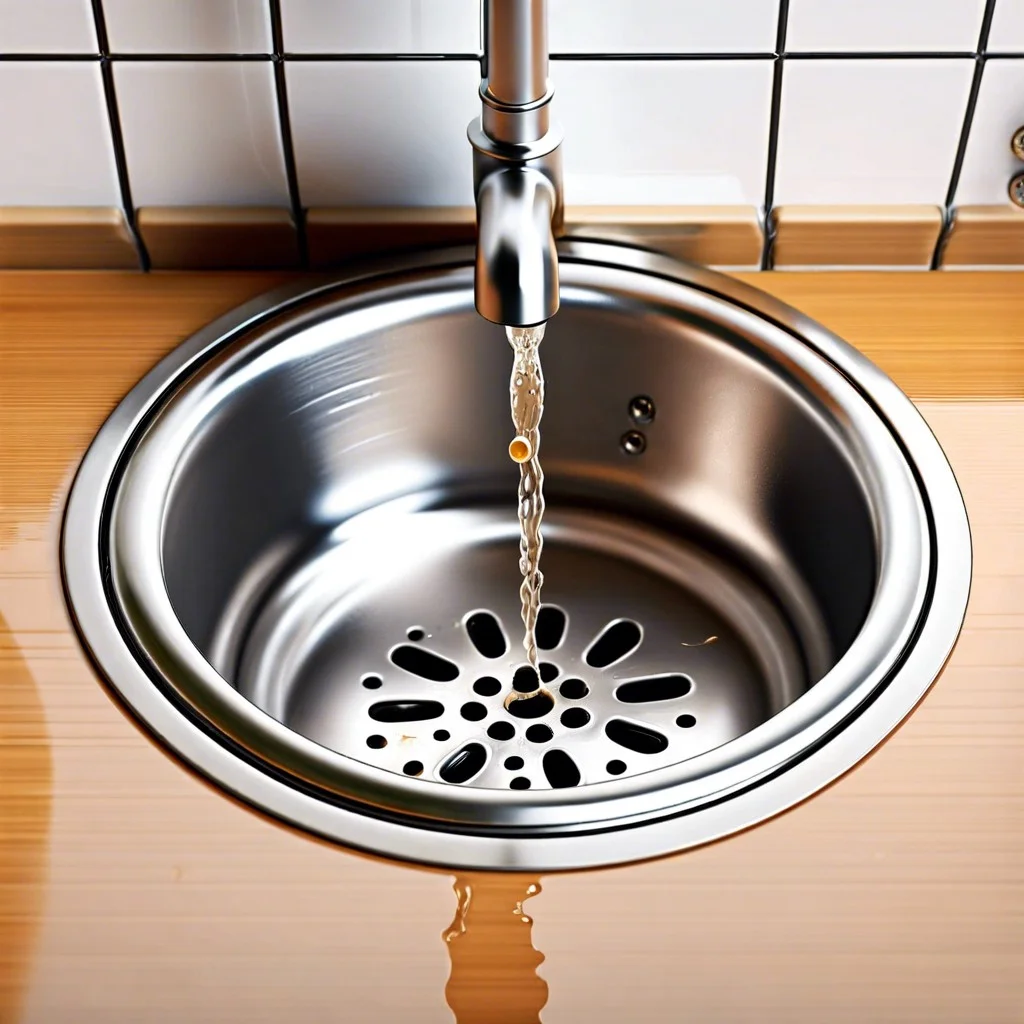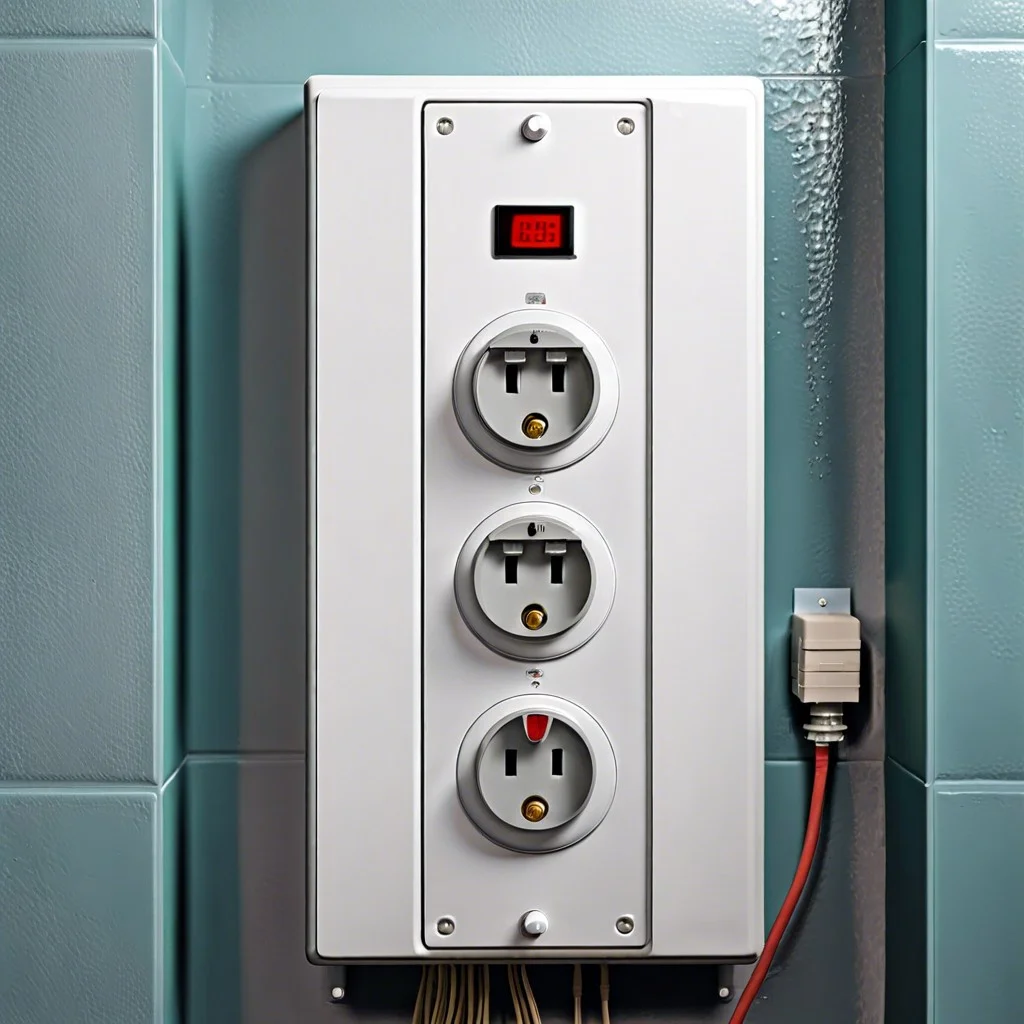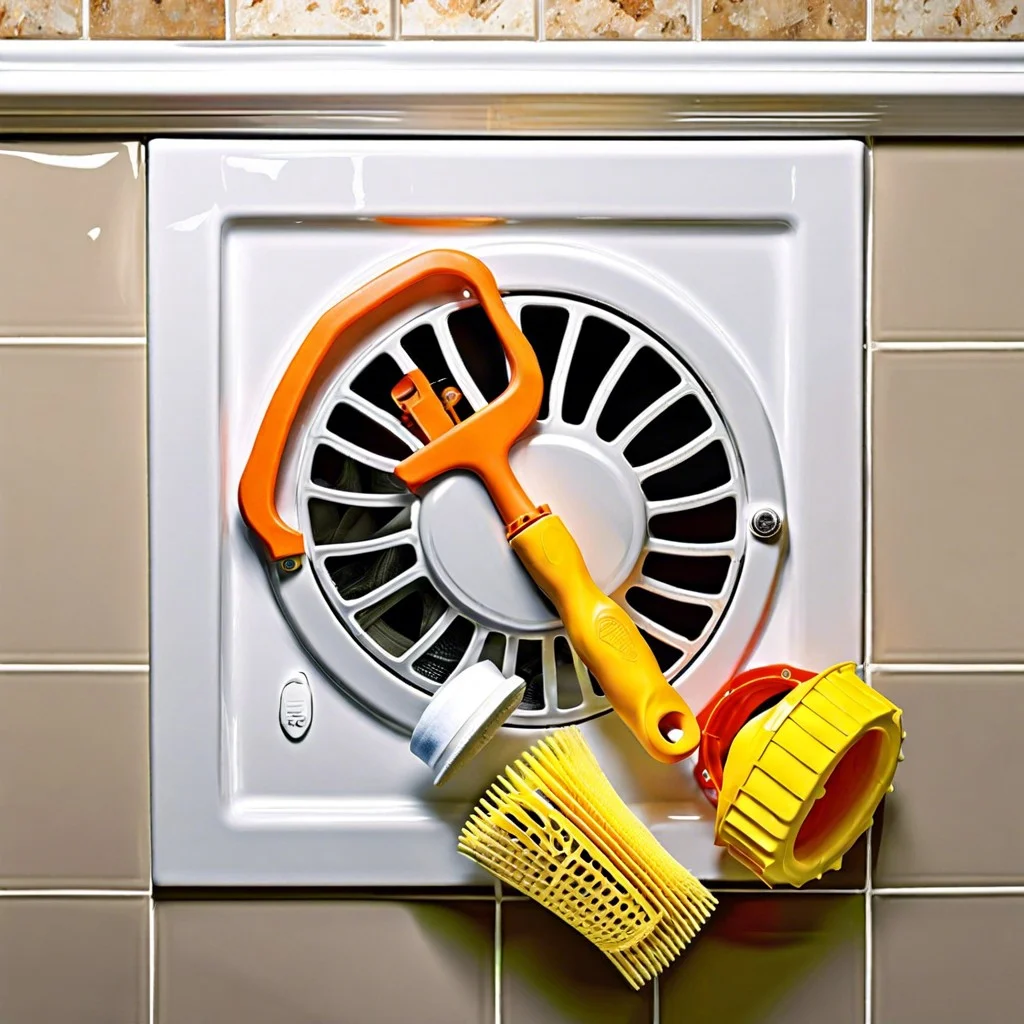Last updated on
Discover how to rid your bathroom of black mold with practical steps that tackle this pesky invader head-on.
Key takeaways:
- Musty odor and dark spots are signs of black mold.
- Take safety measures with protective gear when cleaning mold.
- Use specific cleaning strategies for different bathroom surfaces.
- Call a mold professional for larger infestations or recurring mold.
- Prevent black mold growth with proper ventilation and maintenance.
Signs of Black Mold in Your Bathroom
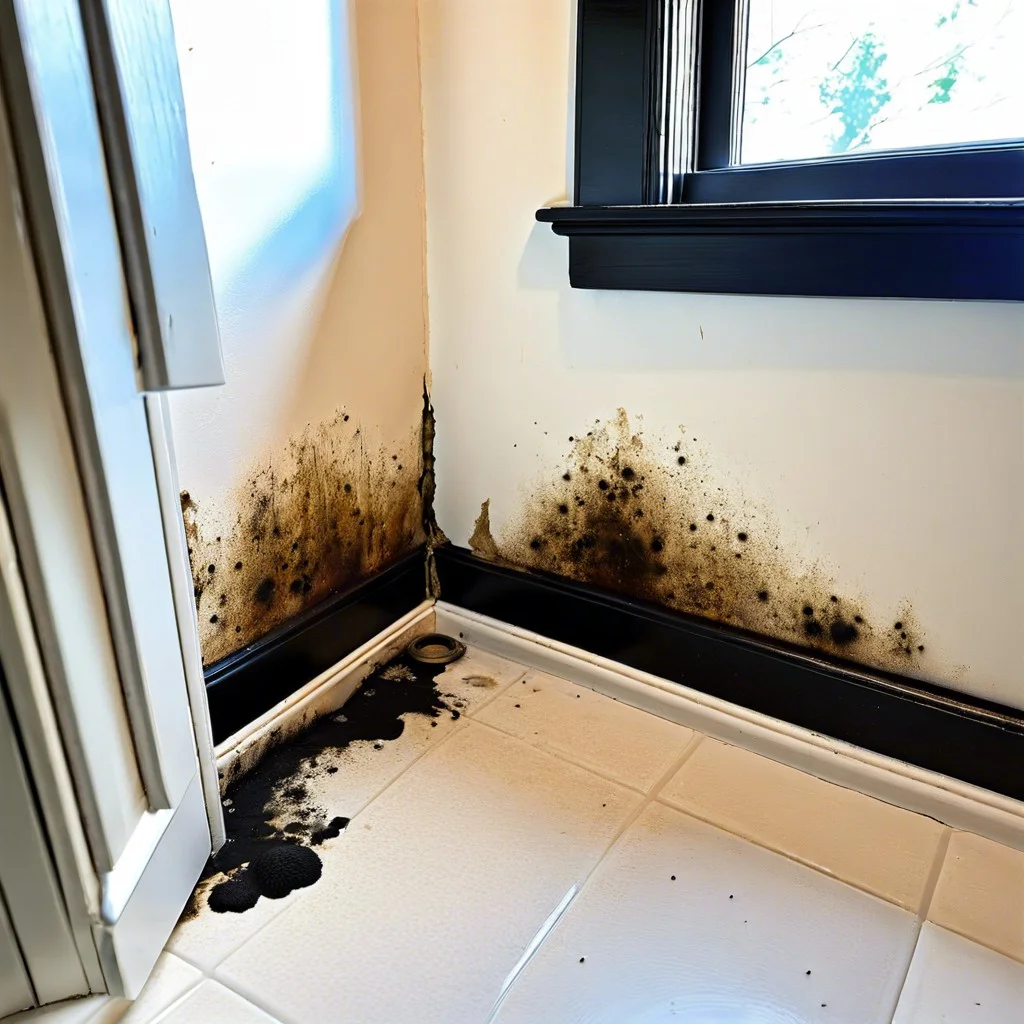
The first hint of trouble is often a musty odor that hits you when you walk in—a telltale sign that something’s amiss even before you’ve spotted a speck of mold. Pay attention to your nose, because that dank smell could be the first red flag.
Subtle dark spots on your walls or ceiling can quickly escalate into a blotchy brigade—if left alone, they spread like gossip. Look out for unusual black or green patches; these unwelcome guests are more than just an eyesore.
Don’t ignore those persistent health annoyances either. If you find yourself with a sudden cough, watery eyes, or a series of headaches that mysteriously seem to intensify in the bathroom, black mold might be your uninvited plus one.
And let’s not forget condensation. If your bathroom mirrors or windows are often foggy, it’s playing into mold’s love for moisture. These signs are the bathroom’s way of crying out for a deep clean or better ventilation.
So, keep your eyes peeled and trust your other senses—they might just be trying to tell you that mold is moving in. The bathroom’s not supposed to be an abstract gallery of spores!
Safety Measures to Consider Before Cleaning Black Mold in Your Bathroom
Venture forth with caution when battling bathroom black mold; your health is at stake. Don a mask, which is your trusty shield against those tiny airborne spores. Long gloves are a must—they’re like gauntlets protecting your hands from harmful cleaners and mold alike. Goggles aren’t just for swimming; they’ll guard your eyes from spore invasions. Keep windows wide open or use an exhaust fan to banish those moldy odors. Remember, mold cleanup is no valiant quest to taken lightly—arming yourself with proper gear is a wise strategy against this fungal foe.
Guide to Cleaning Black Mold From Different Bathroom Surfaces
Dealing with that pesky black mold requires specific strategies depending on where it’s decided to make its unwelcome home.
For tile and grout, begin with a simple solution of soap and water to loosen the mold. Escalate the battle by using a baking soda paste, applied with a toothbrush for precision, scrubbing away the stubborn spots. If it’s clinging on like a cat to a favorite blanket, it’s time to use a vinegar spray. Allow it to sit, then scrub and rinse.
Got mold on your shower curtains or liners? Don’t just throw them out. Take them down, toss them in the washing machine with a couple of towels to help scrub the mold away, and add regular detergent with half a cup of baking soda. In the rinse cycle, add half a cup of vinegar for good measure. Hang them to dry, and they should be as good as new.
If the mold has made its way to the ceiling, ventilation is key. After gearing up with gloves and a mask, a solution of hydrogen peroxide sprayed onto the ceiling deals with it effectively. Keep the fan running, or a window open to keep those spores from having a party.
Remember, always dry the cleaned areas thoroughly. Mold loves moisture like a moth loves a flame, so deny it the conditions it needs to grow.
When to Call a Mold Professional
Combating black mold single-handedly might sound like a badge of honor for the DIY-spirited, but sometimes waving the white flag and calling in the cavalry is the best move.
Consider involving mold professionals when:
- The affected area is larger than 10 square feet. Covering more ground than a shower curtain, this might signal an infestation deep within your walls or floors.
- You sniff mold but don’t see it. This hide-and-seek champion could be lurking in spots only a seasoned pro can pinpoint.
- Health symptoms flare up. A professional team can evict your unwanted guest while protecting your health.
- Unsuccessful repeat cleanings turn into Groundhog Day experiences with mold taking center stage. If mold rebounds faster than a yo-yo, experts might uncover hidden moisture sources you’ve missed.
Not all heroes wear capes—some come armed with HEPA vacuums and fungicides. Calling for backup doesn’t just solve the problem efficiently; it’s sometimes the safest bet for your bathroom battleground.
Preventing Future Black Mold Growth
Keep moisture at bay; a dry bathroom is a mold-hostile environment. Regularly wipe down surfaces where water collects.
Ventilate properly. Let the fan run for 30 minutes post-shower, or crack a window to circulate air and dispel steam.
Seal grout lines annually. This barrier keeps moisture out of the crevices that mold loves to call home.
Embrace natural light when possible. Mold despises sunlight, so throw open those curtains!
Stay on top of leaks. A drip may seem minor, but even a small water source is a grand invitation for mold.
Invest in mold-resistant paint. Giving your walls this protective armor can fend off mold skirmishes before they begin.
Strategic use of dehumidifiers can also significantly reduce bathroom humidity levels, making the space less inviting for mold.
Home maintenance routines should include checking bathroom fixtures and plumbing for potential issues that can lead to water damage and mold growth.
Recap
